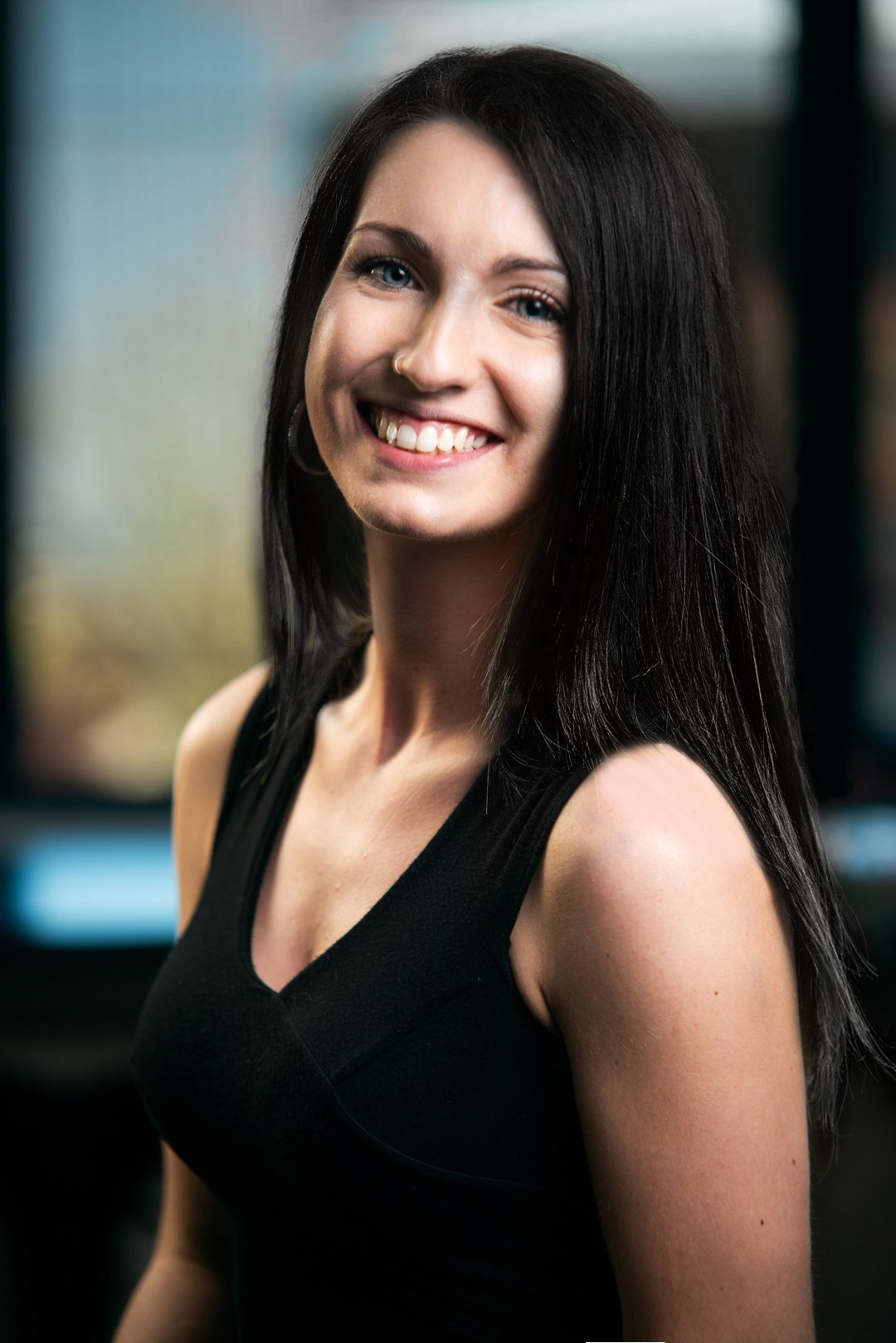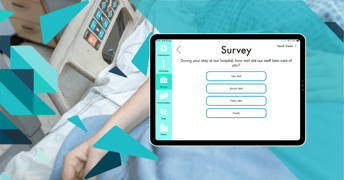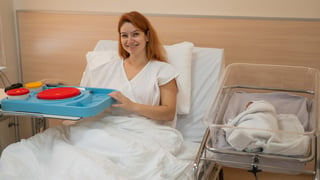NHS Estates Leaders: Reinventing The Wheel Is No Longer Sustainable
5 minute read | 05/01/2024

In their second Roundtable of the year, which took place on December 1st, 2023, SPARK® TSL had the opportunity to engage with Estates and Facilities teams from the NHS. These Roundtables serve as a platform for SPARK® TSL to gain valuable insights into the challenges faced by Estates and Facilities teams.
By understanding these pain points, SPARK® TSL can adapt their products to better address and resolve these issues, ultimately providing more effective solutions.
- What does NHS Estates and Facilities entail?
- New thinking for Estates and Facilities Strategy
- Reinventing the wheel in the NHS
- Estates Professionals Need to Think Like Nurses
- Standardising – Bringing Together Disparate NHS Programmes
- Making More of Existing NHS Assets
What does NHS Estates and Facilities Entail?
NHS estates and facilities teams are tasked with a diverse range of responsibilities – everything from car parks, to sustainability challenges, to supporting patient flow, and delivering critical projects to support clinicians. They need technology that can help them deliver, collaborate and join together disparate activities.
Managing NHS estates is not just about “bricks and mortar”. It is about patients, flow, clinical needs, and supporting multi-site, complex environments with a multitude of stakeholders. And both capital and human resources are limited to do all of this.
This was the message at a recent roundtable event, where senior NHS estates and facilities leaders from multiple Trusts and integrated care systems came together to share ideas.
Estates teams are increasingly turning to digital solutions to help, but often systems are not joined up. Delegates voiced their eagerness to change this.
Robert Stewart, Head of Estates and Facilities support services at Manchester University NHS Foundation Trust, described car parks as an example. In Manchester organisational mergers over several years had led “different car park systems on each main site, and a lot of different car park systems on some of our smaller sites”, he explained. “Different processes can't be good for the patient who comes and wants to pay in a certain way.”
His example was symbolic of some of the wider challenges voiced by roundtable participants who managed technologies and initiatives that did not always interconnect, not only across different NHS organisations, but sometimes within individual Trusts.
New thinking for Estates and Facilities Strategy
Professor Graham Evans, Executive Chief Digital and information officer at the NHS North East and North Cumbria Integrated Care Board, who is also taking on responsibility for estates and facilities strategy across his region, said new thinking was needed.
“In order for the health and care system to survive, we need to transform, and transform not by doing the same things better, but by doing better things,” he said.
Delivered well, technology could create significant efficiencies. But the adoption of some large IT systems had still left problems in seemingly straightforward areas – for example allowing patients to order appropriate meals. Roundtable participants called for greater sharing of best practice, and more joined up thinking to deliver better results.
Reinventing the wheel in the NHS
“We are all reinventing the wheel and there's a lot of effort going into that,” said David Bailey, Group Property Systems Manager at Manchester University NHS Foundation Trust.
“I'm not suggesting we should all be using one system at all, but it's the interoperability of those systems and making sure that the data can be shared easily. And it's got to be about people and how they use the system first.”
Rachael Westerman, Assistant Director of Facilities at Ashford and St. Peter's Hospitals NHS Foundation Trust, said “competition between trusts rather than collaboration” remained a frustration. CAFM, or computer aided facility management systems, were being built by trusts in isolation at significant expense, for example.
Westerman, who was highly positive in the meeting about the potential of technology to speed up and enhance processes, said: “We are all creating our own CAFM systems. The amount of money that's being poured into that, the time it's taking to do that, the delay to actually getting the software to work, and do what we want it to do: it just seems ridiculous.”
Professor Evans added: “We've almost got to put some our individual preferences to one side and look at areas of really good practice.”
Estates Professionals Need to Think Like Nurses
Some of that best practice rested in effective adoption of digital solutions to help to manage matters like patient flow – including systems like portering applications. Michael Simpson, Director of Estates and Facilities at University Hospitals of Leicester NHS Trust, said portering played a “massive role in discharge and flow”, adding that it wasn’t something to be confined to an Estates IT system, and needed to be linked to clinical systems.
He agreed with colleagues that there was a culture in estates and facilities where “sharing best practice seems to be the forgotten thing”, something he was now challenging. “When you look at nursing, and you look at surgery and other professions within the NHS, they do learn from one another and they do collaborate,” he said.
“I'm challenging my team at the minute to actually think like nurses, and think like surgeons, and actually start working more cohesively and collaboratively with external partners.”
Standardising – Bringing Together Disparate NHS Programmes
Opportunities to make more of existing technologies and to bring together seemingly disparate projects around the needs of users, was also discussed at the roundtable event.
Robert Stewart reflected on comments during an earlier patient experience led roundtable, and on the potential to use existing Bedside Units to provide information, forms, dementia screens, and even advise patients on meal orders.
There was an opportunity to “standardise things we do”, he said. “It just seems at the moment it is a bit disparate.”
Making More of Existing NHS Assets
James Morriss, Business Development Director for SPARK® TSL, reflected positively on delegate discussion. But with so many disconnected programmes, he recalled that in his experience of providing technologies to NHS organisations, that often “assets don’t get sweated”.
“It might be bought for a specific purpose and a specific group,” he said. “Even if there are broader use cases for things that are purchased, they aren't always used fully.”
This was starting to change, he said. He gave an example of a recent conversation with a trust exploring how it use Wi-Fi infrastructure for video calling between patients and consultants, in order to prevent two-hour round trips for clinicians across different sites.
The opportunity, he said, was to now embrace the different thinking being proposed during the roundtable discussion, and as delegates urged, to transcend collaboration not just between estates colleagues, but between different NHS stakeholders – patient engagement teams, nurses, clinical teams, and others – in order to make most of the facilities available.
About the author
Rebecca O'Donovan
Becky is the Marketing Director at SPARK TSL, of whom she has worked for since 2012. She is responsible for high-level marketing strategy focusing on lead generation and aiding the vision of the business to ensure business growth.
More articles by the author
Related articles
 Patient Experience
Patient Experience
How SPARK Fusion Surveys Help NHS Teams Listen & Improve
Welcome to Matchmaking March! Each week, we tackle a different NHS challenge and pair it with a feature from ...
 Healthcare Industry
Healthcare Industry
5 Ways Hospital WiFi Can Improve NHS Productivity | SPARK TSL
Access to public WiFi is no longer a nicety - it’s almost a necessity. Most of us rely on digital ...
 Patient Experience
Patient Experience
The Perfect Match for NHS Meal Management
This March, we’re launching Matchmaking March, where each week we highlight a key challenge faced by NHS ...

